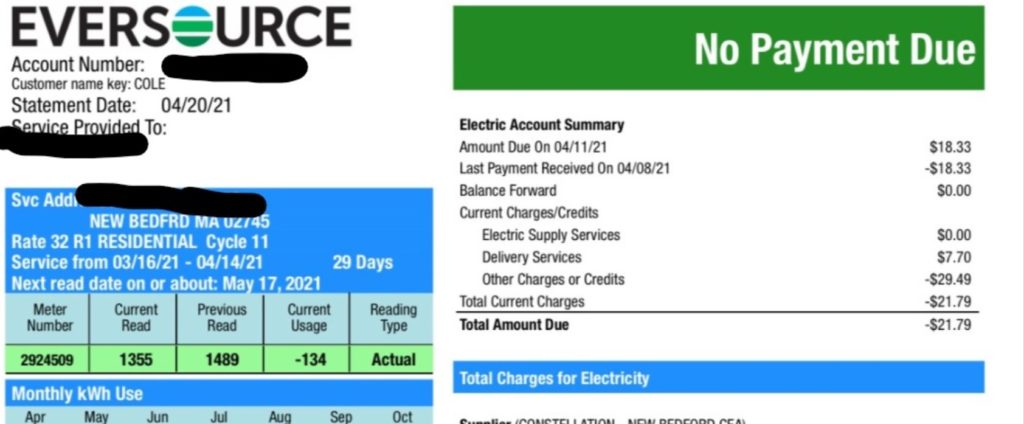
Our team here at Whaling City Solar aren’t just sitting at our desks all day, we’re out in the field talking with homeowners like you! We’ve heard every sort of question about solar asked in every sort of way. We’re going to take some of those questions and answer them right here for everyone to read themselves. Some may overlap, some may be out in left field, but they are all real questions we’ve been asked as verbatim as we can remember them.
Today’s question via text: “Gooooood morning Adam! Quick question, can you explain how the SMART sends a separate check each month? Last few months I’ve been getting smaller electric bills, and small checks <$20. This month I had zero bill and then a $56 check showed up. Obviously I’m happy with the zero bill, but can you check if they are calculating all my payouts correctly?”
I love this question because it came months after our installation happened, and the homeowner simply texted me because he knew we’re always here to answer questions. The answer is yes, everything is working as designed, but it’s not super obvious to the untrained eye what’s going on with the electricity bill.
Let’s have a detailed look what going on:
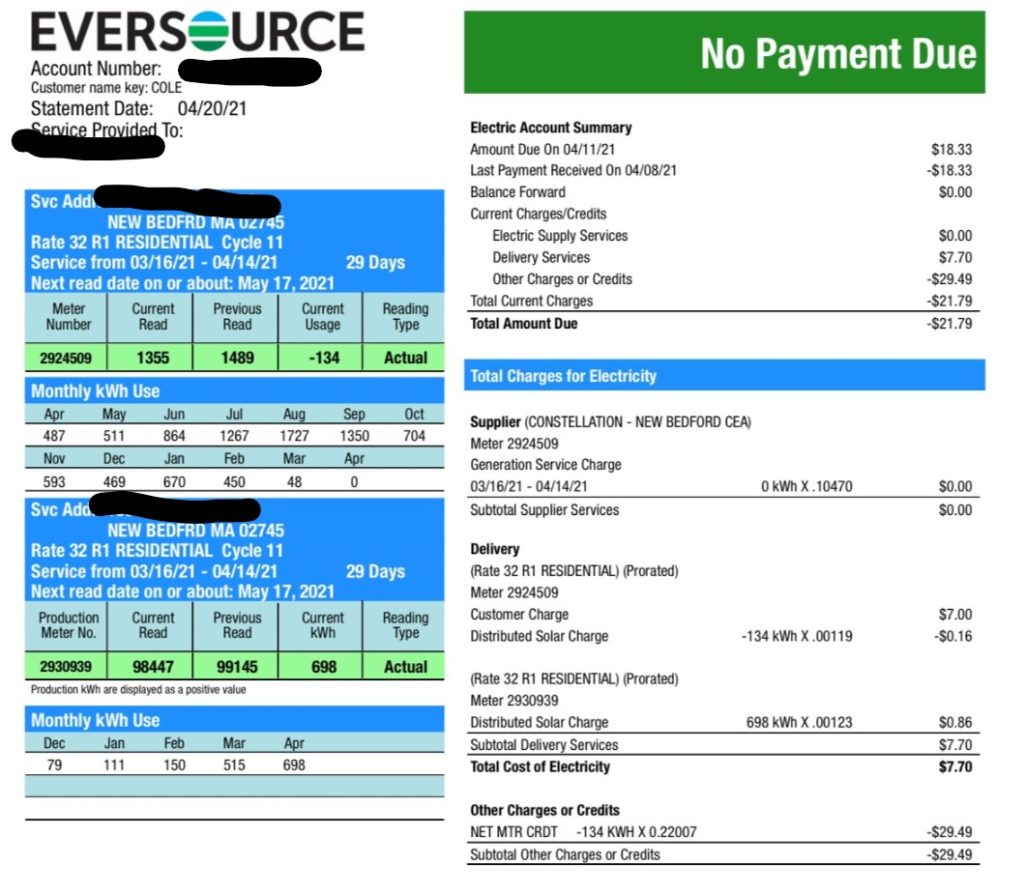
Here in South Coast Massachusetts we have access to both Net Metering and the SMART program through our local utility, Eversource. In practice that means two signed solar incentive agreements, two meters, and one unclear bill to explain it all.
Let’s make this easier on ourselves and think of the meters as a red box and a blue box.
The Net Metering Credits [Red box]
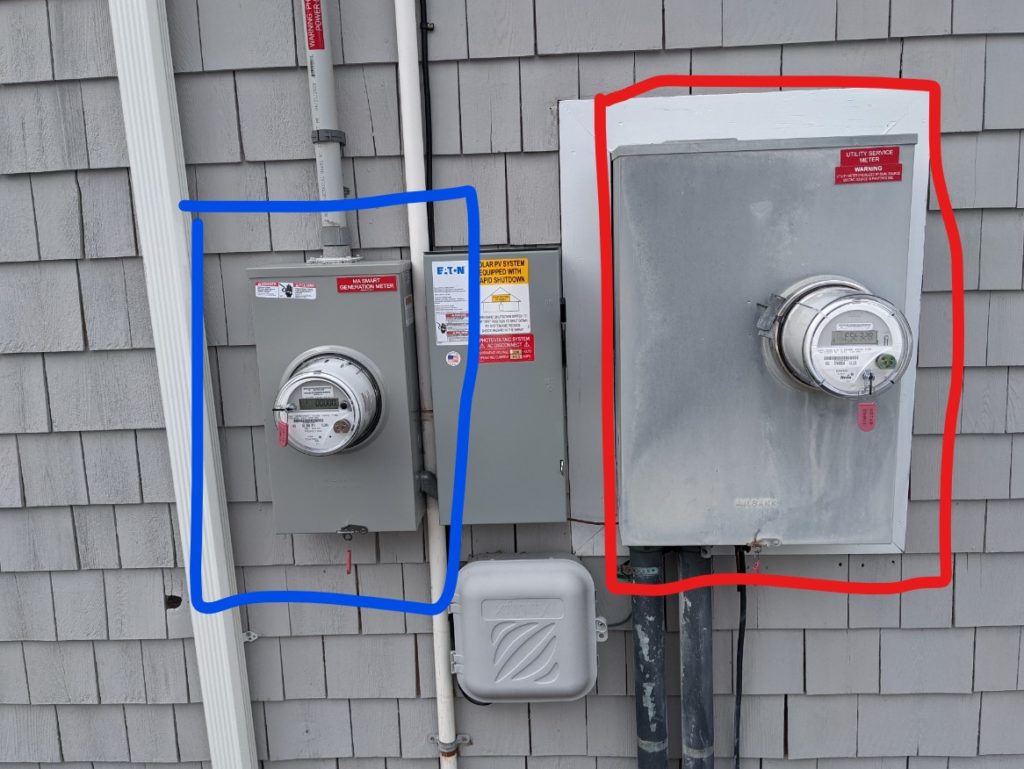
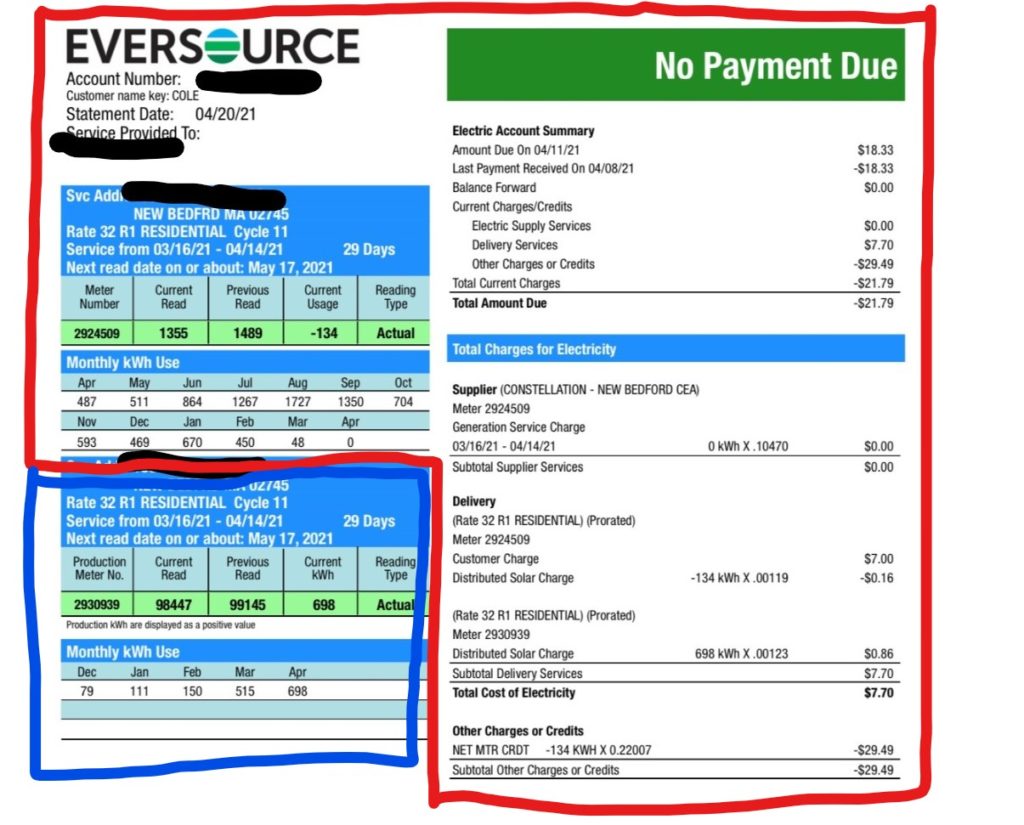
The Net Metering program allows the excess kWhs generated by your new solar array to flow back to the grid if not consumed on site. After the inverter has done its job turning the DC power from the solar panels into AC power for the home, the solar electricity is indistinguishable from the power plant electricity coming in from the grid. Once a month, the meter reports the NET kWh’s back to Eversource, and that number is recorded on the chart in the upper left of the second page as shown.
Looking at the months above, in February the red/Net meter reported a net of 450kWh. As far as that meter is concerned, it has no idea whether 550kWh went in and 100kWh went out, or if 1450kWh went in and 1000kWh went out. All the meter knows is at the end of 30 days, 450 more kWh came in then went out. After receiving that report, Eversource issued the February bill for $90.
Moving onto April, we see 0kWh reported as a net reading. Does that mean the solar generated exactly what the home consumed? No, it just so happens they stop counting down at zero. The excess -134kWh generated by the solar is shown down in the lower right corner, being multiplied by $0.22 each. $29.49 is the Net Metering Credit, or the dollar value of the excess electricity that flowed out through the net meter. When we take out the $7 flat customer charge and $0.70 solar distribution charge, a total of $21.79 will be credited forwarded towards May’s electric bill.
The electric bill will carry over or charge overage in the same way for the next 25 years the solar system is on the home.
The SMART checks [Blue box]


The second meter shown in blue measures the solar generation only and also reports once every 30 days. While the two are physically next to each other, and report to the same utility, they are actually completely different circuits and do not affect each other’s readings. The kWhs reported by the blue meter get multiplied by $0.08 each (in SMART Block 4 for this customer) to calculate the incentive check. That check is either mailed to the house, or direct deposited in a checking account if more convenient for the homeowner.
The SMART checks come every month for 10 years.
Since the blue/SMART meter is measuring solar production, we can also cross reference our inverter monitoring system to see if the daily, weekly, and monthly logs line up with what we see on the bill.
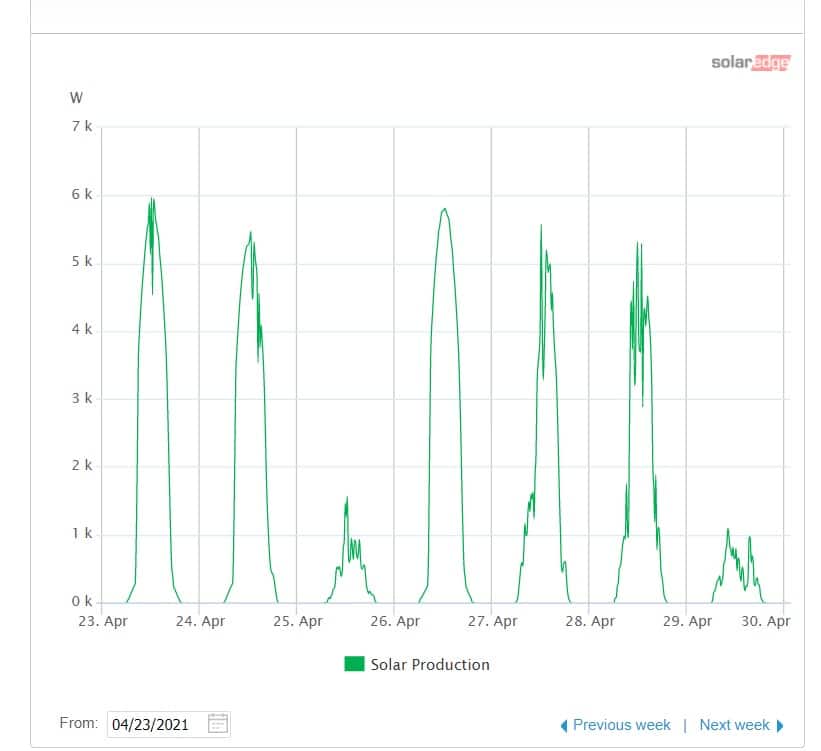
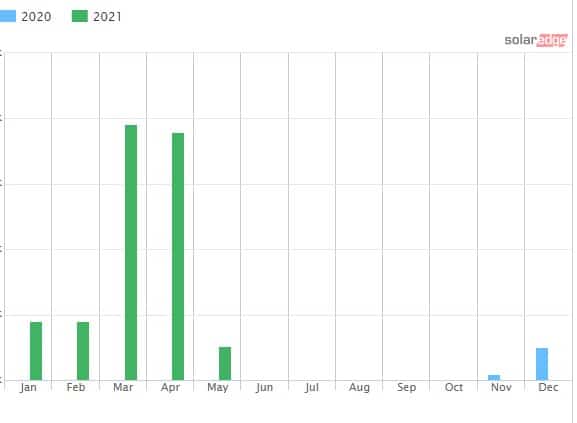
Calculating total savings
So now we see why February’s 150kWh would have sent a check for $12. April’s 698kWh’s would send a check for $56. The answer is easy, there’s more sun! The savings are going to look even bigger and better this summer, I can’t wait to follow up with the homeowner again in August.
Even though both meters are separate, savvy homeowners can still do some calculations off of the two numbers each month. Remember when we said the red/Net meter could tell if the excess was 100kWh or 1000kWhs? Well now we know the SMART meter does show us what was actually produced.
In the case of February, the homeowner actually consumed about 600kWh in electric usage. The solar generated 150kWh which first logged in the blue/SMART meter, then continued on through the red/Net meter spinning it backwards by 150kWh. The end result was a 450kWh bill for $90, and a check for $12. If the home wasn’t on solar, the 600kWh bill would have come for $132 with no check.
Total February savings: $54
Using the same thought process for April, the homeowner actually consumed about 544kWh. The solar generated 698kWh which got first logged in the blue SMART meter, then continued on through the red/Net meter spinning it backwards by 698kWh. Since that was an overproduction month, the end result was a 134kWh Net Metering Credit for $21, and a check for $56. If the home wasn’t on solar, the 544kWh bill would have come for $120 with no check.
Total April Savings: $197.
Conclusion
One little bonus takeaway from this. Since the red/Net meter is tied to the utility rates, the dollar value of the offset and Net Metering credits also go up as electricity gets more expensive. That’s why we see a slight escalation in the electric savings each year on our projections, while the SMART payments stay the same.
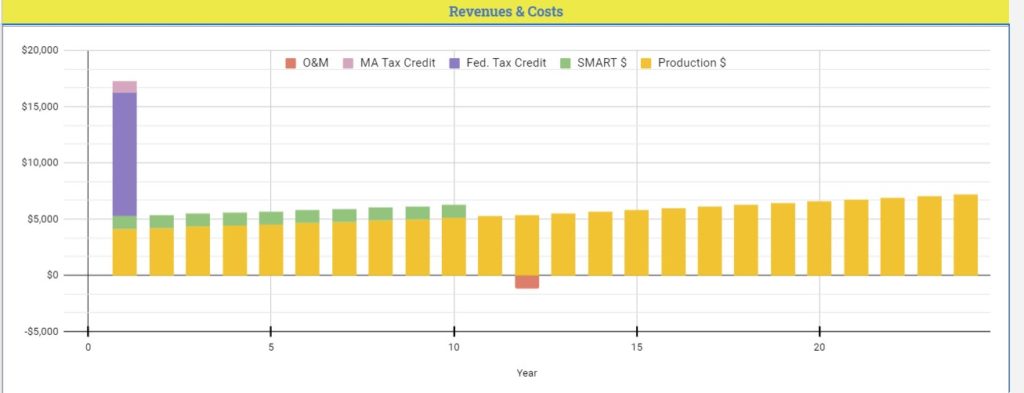
Finding our content interesting? Click below to see what your Net Metering or SMART checks could look like this summer!

